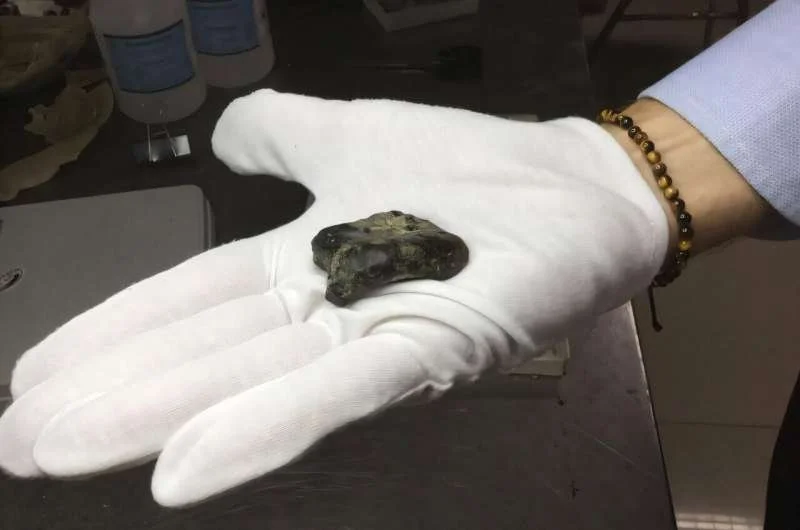Kumarbi, Cronus, and the Cycle of Divine Succession: A Comparative Mythological Analysis
The connection between the Hurrian-Hittite god Kumarbi and the Greek god Cronus represents a fascinating intersection of mythological traditions, revealing how ancient narratives influenced each other across cultures and epochs. As early as the 1940s, scholars have posited that the myths within the Kumarbi Cycle can be seen as forerunners to those found in Hesiod's Theogony. This article examines the scholarly perspectives and analyses of E. O. Forrer, H. G. Güterbock, H. Otten, Gary Beckman, and others to understand the intricate relationships between these deities and their respective mythologies.
Succession Myths and Divine Power Struggles
The theme of succession among divine rulers is a central motif in both the Kumarbi Cycle and Hesiod's Theogony. E. O. Forrer, in his work "Eine Geschichte des Gotterkonigtums aus dem Hatti-reiche," highlights the thematic similarities in the narratives of Kumarbi and Cronus. Both gods are involved in dramatic power struggles characterized by the overthrow of their predecessors—Kumarbi dethrones the sky god Anu, while Cronus overthrows Uranus. This cyclical nature of divine succession underscores the ancient understanding of the impermanence and transitory nature of power among the gods.
H. G. Güterbock, in "Kumarbi. Mythen vom Churritischen Kronos," further elucidates these themes, emphasizing the parallels in the violent and dramatic conflicts that arise in both mythological traditions. Güterbock draws attention to specific narrative motifs, such as the castration of Anu by Kumarbi, which parallels the act by Cronus against Uranus. These violent acts symbolize the transfer of power and the establishment of new divine orders, reflecting broader Near Eastern traditions of kingship and authority.
The idea of succession is also supported by the similarities in the reigns of Ouranos, Cronus, and Zeus in the Greek tradition, compared to the succession of "kings in heaven" in the Hurrian myths. The common interpretation that kingship is passed from one god to another through acts of violence and usurpation is evident in both mythological frameworks, pointing to a shared cultural motif of divine power struggles.
Birth and Creation Myths: Symbolism and Parallels
The myths involving the birth of new gods from Kumarbi and Cronus are rich with symbolic meaning and narrative complexity. H. Otten, in "Mythen vom Gotte Kumarbi," examines the significant event where Kumarbi, after swallowing Anu's genitals, later gives birth to Teshub from his split skull. This myth not only signifies the continuation of the divine lineage but also the emergence of new forms of power. Otten's analysis highlights the parallels with Greek mythology, particularly the story of Cronus swallowing his children to prevent them from usurping his throne, only to be later forced to regurgitate them.
Gary Beckman, in his study "Primordial Obstetrics: The Song of Emergence," provides a detailed comparison between the birth of Teshub from Kumarbi’s split skull and the birth of Athena from Zeus's head. Beckman suggests that the narrative of Teshub's birth served as a "template" for the Greek myth, indicating a possible influence of Hurrian-Hittite traditions on Greek mythology. This comparison underscores the symbolic importance of birth and creation myths in conveying themes of wisdom, power, and the renewal of divine order.
Furthermore, Beckman expresses skepticism over whether the Greeks received all the shared elements of these myths directly from the Kumarbi cycle. He proposes that these mythological motifs might have belonged to a broader Mediterranean cultural milieu, reflecting a shared heritage of storytelling that transcends specific cultural boundaries. This perspective highlights the fluidity and adaptability of mythological themes across different cultures and contexts.
Cultural Interactions and Influences
The connections between Kumarbi and Cronus are not merely coincidental but reflect broader patterns of cultural exchange and interaction in the ancient Near East. The similarities between the myths of Kumarbi and Cronus, such as the castration of a sky god and the swallowing of a rock in place of a deity, indicate possible direct influences or shared mythological traditions.
Philo of Byblos, a Phoenician author, provides further evidence of these cultural exchanges in his "Phoenician History," which includes mythological elements that echo the narratives involving Kumarbi. Hans Gustav Güterbock has proposed that Philo might have relied on a source forming an intermediate stage between the Kumarbi Cycle and Hesiod's Theogony. However, Albert I. Baumgarten criticizes this position, arguing that the myths involved do not represent intermediary stages but rather different takes on common mythological motifs. He points out that Philo's Phoenician History lacks certain elements present in the Kumarbi Cycle, such as the challenges posed by Teshub to Kumarbi’s reign and the absence of battles against monsters.
Recent research suggests that the episode in Philo's history where Ouranos tasks Dagon with raising Damerous might constitute a non-violent adaptation of the account of Teshub’s origin as the son of both Anu and Kumarbi. This adaptation reflects the dynamic nature of mythological narratives and their capacity to be reinterpreted in different cultural contexts.
Comparative Mythological Framework
The comparative analysis of Kumarbi and Cronus by scholars such as Forrer, Güterbock, Otten, and Beckman contributes to a broader understanding of ancient mythologies and their interconnectedness. The succession myths, birth and creation stories, and broader patterns of cultural exchange reveal a shared heritage of storytelling that shaped the mythological landscapes of the ancient Near East and Greece.
Carolina López-Ruiz, in her analysis, notes that despite the differences, Hesiod's Theogony represents the Greek reception of the Kumarbi Cycle. She points out a closer parallel in an Orphic theogony from the Derveni papyrus, where Zeus castrates Ouranos, swallows his genitals, and becomes impregnated with the cosmos. This narrative better reflects the succession from Anu to Kumarbi, illustrating how mythological motifs were adapted to emphasize different aspects of divine power and creativity.
López-Ruiz also highlights further Orphic myths that include the castration of Cronus by Zeus and the swallowing of Phanes, showing the continued evolution and reinterpretation of these themes in Greek mythology. These adaptations underscore the influence of Near Eastern mythological traditions on Greek religious thought and the broader cultural exchanges that facilitated the transmission of these stories.
Implications for Understanding Ancient Mythologies
The study of the connection between Kumarbi and Cronus has significant implications for our understanding of ancient mythologies. It highlights the importance of cross-cultural comparisons in revealing the shared elements and distinctive features of different mythological traditions. By recognizing common themes and narrative structures, scholars can better appreciate the complexities and nuances of ancient myths and the ways in which they reflect the cultural, religious, and political landscapes of their respective societies.
Moreover, the research on Kumarbi and Cronus underscores the dynamic nature of mythology, where stories and motifs are continually reshaped and recontextualized in response to changing cultural contexts. This fluidity and adaptability of mythological narratives demonstrate the enduring relevance and power of myths in shaping human understanding of the world and the divine.
Conclusion
The connection between Kumarbi and Cronus, as explored by scholars, reveals a rich tapestry of shared themes and narrative motifs that highlight the interconnectedness of ancient mythological traditions. Through the comparative study of succession myths, birth and creation stories, and the broader patterns of cultural exchange, these scholars have provided valuable insights into the complex relationships and influences that shaped the mythologies of the ancient Near East and Greece. This analysis not only deepens our understanding of individual myths but also underscores the universal themes that continue to resonate across cultures and time.












